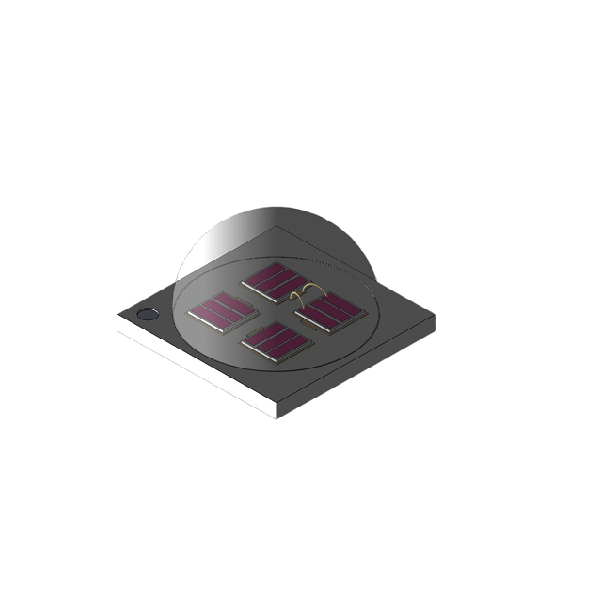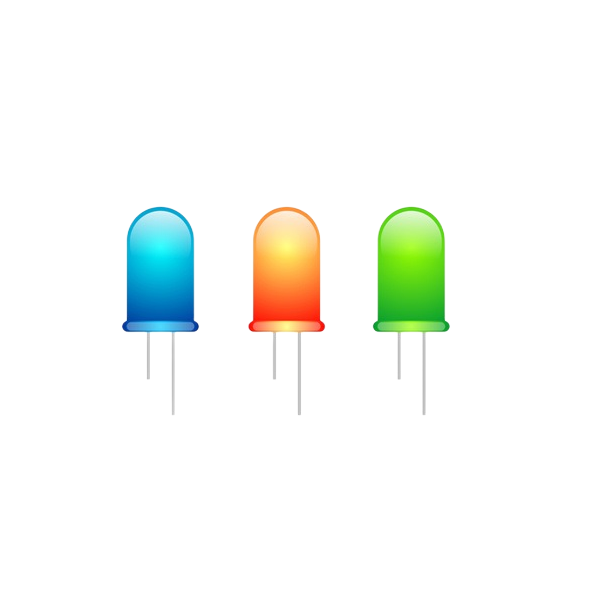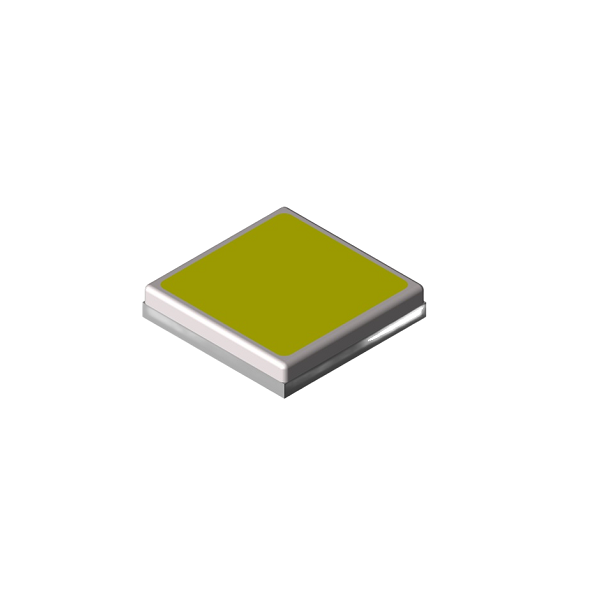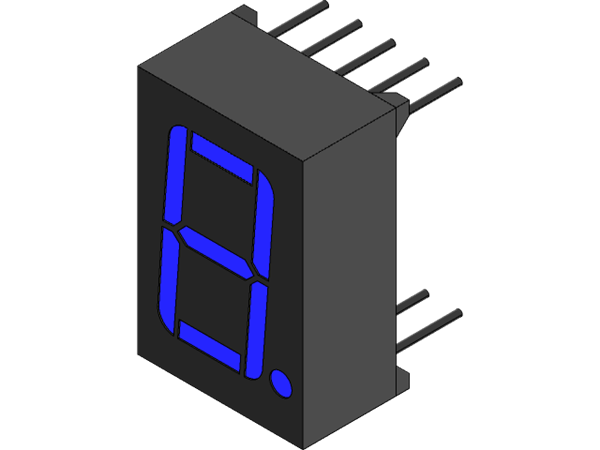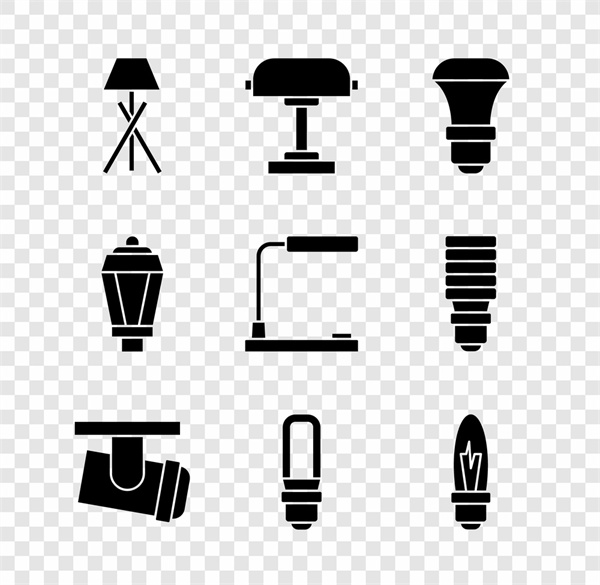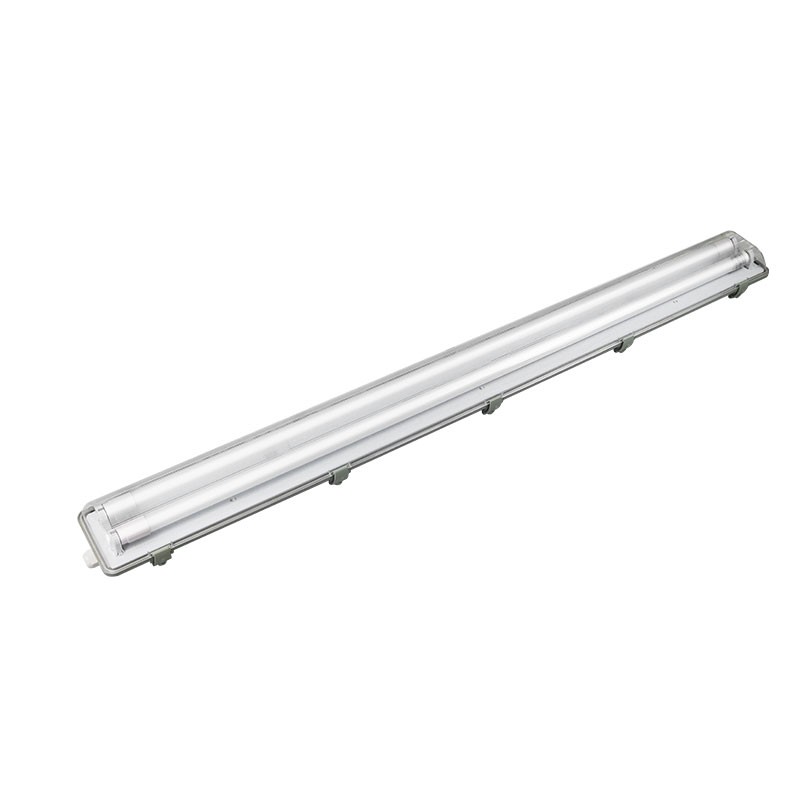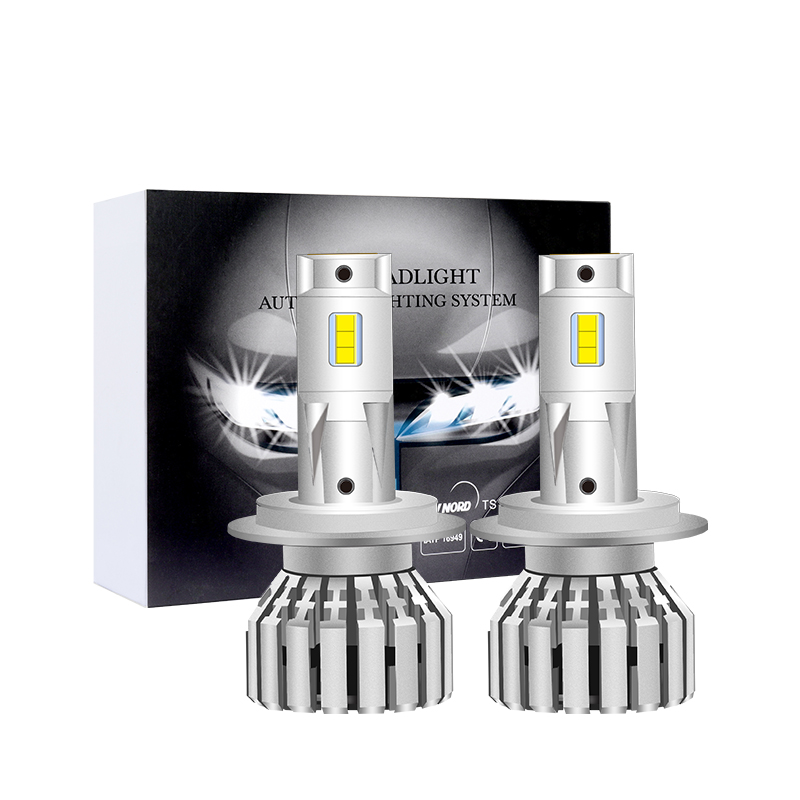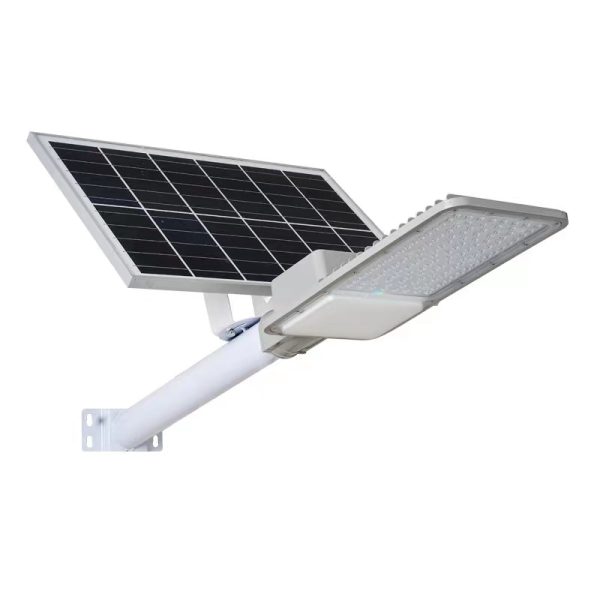Infrared LEDs play a significant role in many fields, using semiconductor technology to convert electrical energy into infrared light energy, with various applications. Below, we will talk about their roles in various fields.
Function on sensors and measuring instruments
Infrared LEDs can be used for sensors and measuring instruments. The transmission, reflection, and absorption of infrared light on many materials are regular. By utilizing these laws, infrared LEDs can be used for infrared sensors, such as temperature sensors, gas concentration sensors, etc., to measure the temperature, composition, and other information of objects.
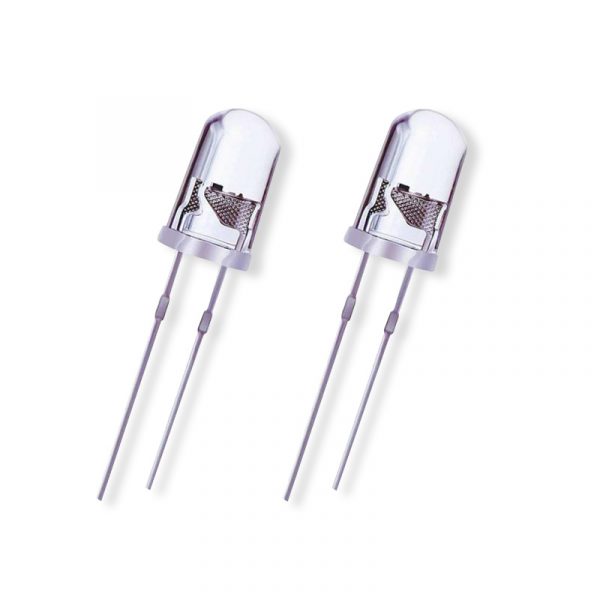
Role in the field of monitoring
In addition, infrared LEDs can also be used in the fields of security and monitoring. In security monitoring, infrared light can penetrate many objects, such as fog, smoke, etc., allowing dark scenes at night to be captured and recorded by surveillance cameras. Infrared LEDs can also be used for infrared alarms, which can detect the movement and occlusion status of objects in real-time, thereby enhancing safety precautions.
In the field of healthcare, it has also played a role, mainly referring to the biological effects of infrared radiation. In the field of healthcare, infrared can promote blood circulation, cell division, and wound healing in the body, and can be used for physical therapy.
Overall, infrared LEDs are widely used in many fields of modern society. Through the special function of infrared light, it can be used not only in remote control, sensing, security, but also in healthcare and other fields. Different industries require different infrared LEDs, such as wavenumber, power, and other characteristics. Therefore, understanding its basic principles and application characteristics helps to correctly select suitable infrared LEDs.


